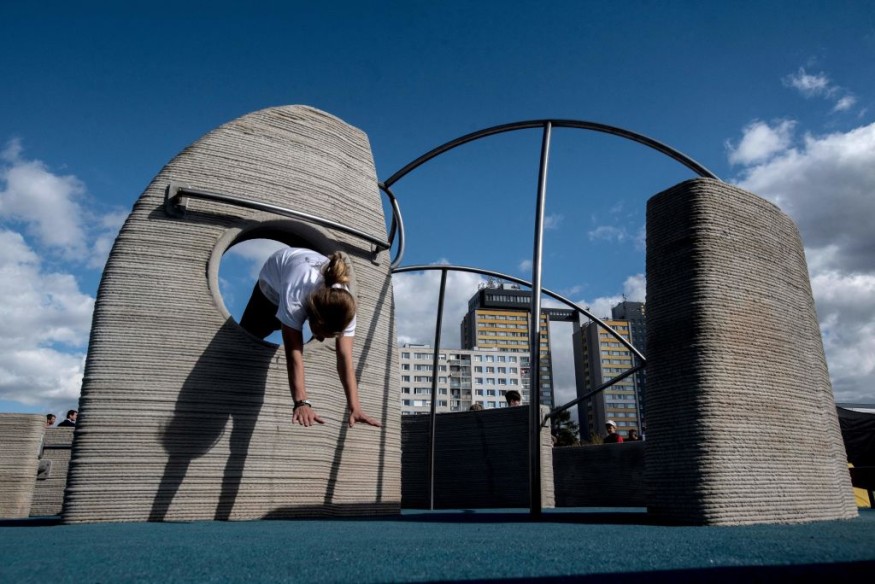Nostalgia is not only responsible for making us feel warm and happy as a new study suggested it also reduces pain perception.
Feeling nostalgia and experiencing nostalgic memories decreases activities in some regions of the brain that are responsible for pain perception.
Nostalgia Suppresses Pain Perception

In an experimental study published in the Journal of Neuroscience on Feb. 28, scientists discovered nostalgia and reflecting on nostalgic memories reduces pain-related brain activities and subjective pain, as per the American Association for the Advancement of Science (AAAS) - Eurek Alert.
The new study was conducted by researchers from the Chinese Academy of Sciences in Beijing, China.
The researchers concluded after they measured the brain activity of adult participants through brain scans while they were shown images that trigger nostalgic memories.
Also read: Nostalgia can Make Body Feel Warmer: Study
Experimental Study
During the experiment, the scientists reportedly showed the participants various images, including a cartoon TV show, a school game, and a candy, which were all popular during their childhood and triggered nostalgia and nostalgic memories.
The participants reported they experienced low-level or low-intensity feelings of pain after responding to external thermal pain stimuli.
The results showed that after the participants experienced nostalgia, their perception and physical experience of pain has been significantly reduced, as per Sci Tech Daily.
Furthermore, the study found that neural activities were reduced in the two brain regions, lingual gyrus and parahippocampal gyrus, which are both responsible for pain perception.
It was also discovered that brain activity in the thalamus region was linked to nostalgia and pain perception.
What is Pain?
Pain is an uncomfortable, unpleasant sensation or feeling which tells a living organism, including humans and animals, that something is harming them, as per Johns Hopkins University (JHU).
Additionally, pain comes from various sources, such as internal or external stimuli.
The JHU classified pain into two types: acute pain and chronic pain.
Acute pain is usually severe and short-lived, indicating immediately that your body is experiencing pain either in various forms, including thermal, injury, and headache.
On the other hand, chronic pain ranges from mild to severe and persists for prolonged periods; approximately from days, months, and even years.
Recurring treatment is usually applied to an individual experiencing a long duration of chronic pain like arthritis, headaches, and back pain.
Potential Treatments in the Future
The groundbreaking discovery of the role of nostalgia and nostalgic memories in reducing pain perception activities in the brain is highly significant in the field of neuroscience and most fields of medicine.
The advancement in understanding the neural mechanisms leading to feeling weaker levels of intensity of subjective pain from internal or external stimuli can be used as a form of medical treatment for both physical and psychological pain in the future.
According to the Centers for Disease Control and Prevention (CDC), chronic pain intensity also increases with age, especially in adults aged 65 and over.
The CDC also said 20.4% of adults experienced chronic pain and 7.4% of adults went through recurring chronic pain in 2019.
Related article: How Happy Memories Help Treat Mental Problems
© 2026 NatureWorldNews.com All rights reserved. Do not reproduce without permission.





